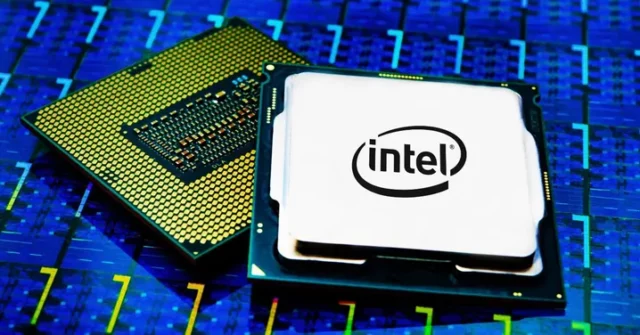Intel Foundry Division: A Confident Leap into the Future
Intel is making waves in the tech world, showcasing a newfound optimism for its Intel Foundry Division. This division, which specializes in semiconductor manufacturing, is now going to be reported as a distinct entity within Intel’s financial updates. Why this shift? The aim is clear: to achieve break-even by 2027, even after grappling with substantial losses in the past year. Let’s dive deeper into what this means for Intel and the broader tech industry.
Aiming for Break-Even by 2027: A Bold Ambition
In recent reports, Intel disclosed a staggering $7 billion in losses from its contract business in 2023. Furthermore, profits have plummeted from $27.5 billion to just $18.9 billion. But every challenge presents an opportunity! Intel is determined to turn things around by targeting financial balance by 2027, demonstrating both resilience and strategic foresight.
Imagine a small startup that battles against the odds but ultimately finds its niche — that’s the essence of Intel’s approach. They are not just another corporate giant; they are setting the stage for potential growth in a competitive landscape. In fact, the semiconductor industry has seen incredible investments, with global spending expected to surpass trillions of dollars in the coming years, according to industry experts. This places Intel in a prime position to regain its foothold.
Strategic Moves: Laying the Groundwork for Success
Key changes are already in motion at Intel. By spinning off the Foundry division from its main business line, they are gearing up for a more focused approach. The appointment of Lorenzo Flores, formerly of Xilinx, as the chief financial officer signals a fresh perspective that can help drive this initiative forward.
During a recent investor meeting, Intel’s CEO, Pat Gelsinger, addressed the rise in losses. He candidly explained that a major factor was their decision to forgo the purchase of cutting-edge EUV (Extreme Ultraviolet) lithography equipment. However, Gelsinger assured investors that Intel plans to revisit this technology, suggesting that this investment will significantly boost competitiveness in the coming years. This is akin to a chef deciding to invest in high-quality ingredients to elevate their dish — the results could be deliciously rewarding.
Building Momentum: Third-Party Contracts as a Catalyst
Despite the hurdles faced, Intel is not sitting idle. They’ve managed to secure substantial orders worth around $15 billion from third-party developers. These contracts are not just numbers; they represent trust — trust from industry leaders who recognize Intel’s potential to deliver innovative solutions.
One can liken this to a farmer planting seeds well ahead of the harvest season. By nurturing relationships and delivering quality service, Intel is poised to cultivate a thriving business environment that not only supports its own ambitions but also fuels the tech ecosystem.
In conclusion, Intel’s journey with its Foundry Division is a testament to the power of resilience and strategic planning. With a commitment to overcoming challenges and a clear vision for the future, Intel is re-positioning itself to regain a competitive edge in the semiconductor landscape. As they navigate this transformative phase, one thing is certain: the tech industry will be watching closely. Will Intel rise to the occasion? The next few years will surely provide the answer.






